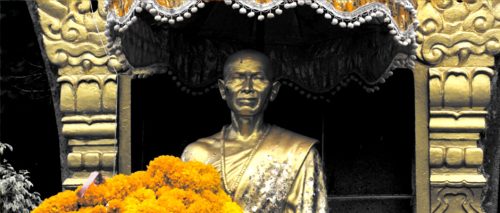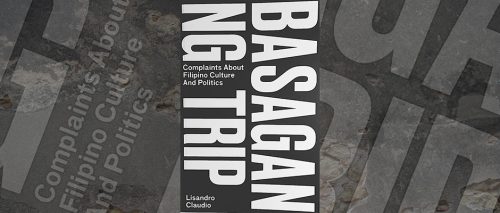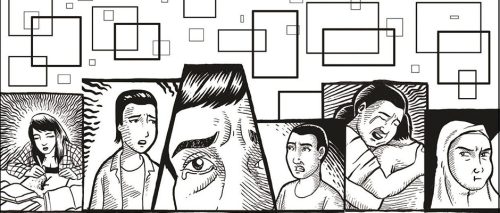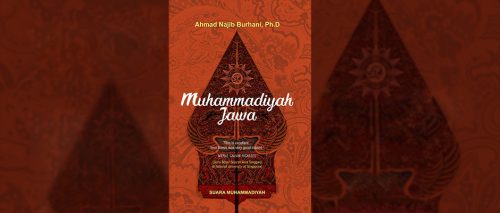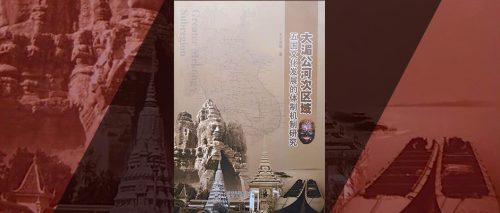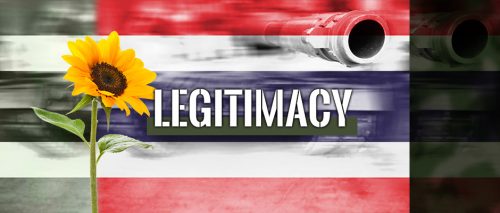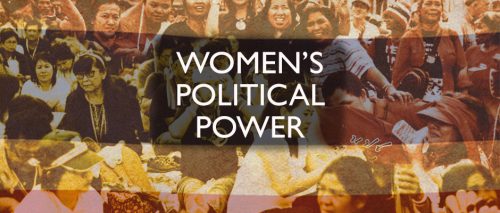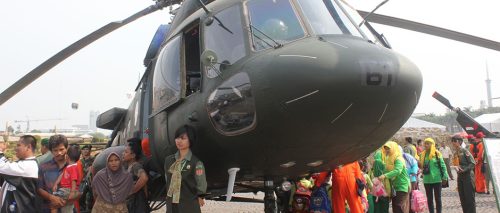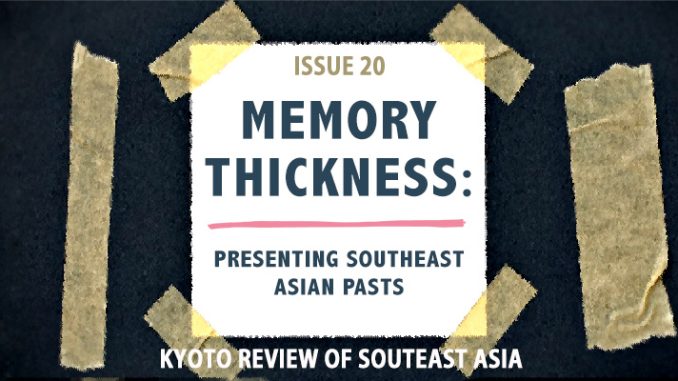
“You can’t put the past behind you: it’s turned your flesh into its own cupboard.” Claudia Rankine 1 “Memory is a sort of anti-museum. It is not localizable.” Michel de Certeau 2
The tension between the above two quotations is at the heart of this special issue, whose authors present new “memory work” on several countries in Southeast Asia and diaspora. Several of the essays included here developed from work and ideas presented at an interdisciplinary panel “Embodying Memories in Cambodia, Laos, Thailand and diaspora” convened at the Association for Asian Studies annual meeting in April, 2016. The panel aimed to underscore the corporeality of memory, and the spirituality of attachments to place, in the aftermath of war and political violence.
Continuing in that vein, this volume aims to resist disembodied discourses in the field of memory studies and a concomitant globalization and homogenization of memory theory into a seamless arena where one-size-fits-all, as perhaps best characterized by Alison Landsberg’s trope of “prosthetic memory”. 3
The disjuncture between such conceptual schema and the actual memories of absent limbs and the pain they carry, experienced by Cambodian and other amputees maimed by landmines from the 1970s onward, negates the lived experience and trauma of individuals and glosses fractured landscapes with the silky patina of social media.
Democratic Kampuchea (1975-1979) treated nostalgia or “memory sickness” (chheu satearam) as a bourgeois crime punishable by death. I have titled this collection Memory Thickness, to underscore both the resistance of individual and communal memory to even the most brutal state attempts to choreograph and collectivize the past, and the thick inscription of memory’s traces across time and place in ways that enable such resistance. The sub-title, Presenting Southeast Asian Pasts, aims to steer reader attention to a common theme interlinking all five essays: how far the past continues to inhabit the present via both corpus and habitus.
For many refugees of war and survivors of genocide, memory represents the only sovereign territory, and the most mobile. In her essay Mobile / immobile bodies: recollections of growing up in times of upheaval, Vatthana Pholsena explores the migration of memory in the aftermath of war and revolution in Laos. While Pholsena finds the trope of prosthetic memory a productive entry point to her essay, she resists the hegemony of global media discourses that diminish agency in the figure of “the refugee” and accentuates agency in her own study by comparing contrasting decision-making processes. Drawing from her extensive interviews with Lao-Australians who left Laos in the 1960s to 1970s, as well as fieldwork in Laos, Pholsena intertwines the stories and memories of two Lao youth. She compares the life-journey of a refugee to Australia with the trajectory of a woman who chose to remain in the country of her birth, situating each in historical moments and social, cultural and familial contexts.
In her essay, Potent places as embodied memory in Cambodia anthropologist Anne Guillou explores sites associated with powerful ancestral spirits and connected with key events in Cambodian history. Drawing on her extensive ethnography of spirited landscapes in Pursat, Guillou examines local landscapes and communal shrines as key vehicles for mediating memory and managing trauma in the aftermath of the Khmer Rouge genocide but also explores the role of such sites in offering arena to navigate contemporary dilemmas. Her essay pays particular attention to the sacred geography of ‘powerful places’ where past and present, earthly fertility and spiritual potency, merge, and are mediated by human interaction.
In Sculpting and Casting Memory and History in a Northern Thai City, historian Taylor Easum considers the politicization of memory. His study of the production of iconic monastic and royal statuary in northern Thailand plots the history of the monumental statuary of kings and the monk Khruba Sriwichai. While recognizing broader nation-state contexts, Easum is careful to situate each of these monuments at different moments in official, artistic and spiritual imaginaries.
Widening our lens and shifting our sights further east, Boreth Ly examines the fractured lives and interior landscapes of Vietnam in his analysis of screenplay, script and imagery Parasites’ Paradise: The Erasure of Memory in Dang Nhat Minh’s The House of Guava (Mùa ỏ̂i). Through Ly’s critique, this recently made but rarely viewed film, provides a harrowing window onto the effects of the land reforms of the late 1950s and later dislocations and appropriations. At the heart of the film stands the titular tree, whose mutilation serves as a metaphor for the violence that communist ideology, double standards and capitalist greed have wreaked on the lives and memories of the protagonists.
Continuing in the cinematic realm, political scientist Malinee Khumsupa and sociologist Sudarat Musikawong turn a searchlight on the role of contemporary Thai digital media in recuperating and restaging acts of political violence. Their essay Counter-memory: Replaying Political Violence in Thai Digital Cinema offers new readings of recent interventions by Thai directors and illuminates the potential of cinema as a vehicle that combines the flat affect of a screen with a depth of emotional range. Khumsupa and Musikawong explore the creation and negotiation of a counter-public by independent film-makers in contemporary Thailand.
As the above sketches suggest, the research featured in this issue offers fresh insights into the places and tactile traces of memory in Cambodia, Laos, Vietnam and diaspora. Versed in distinct vocabularies of remembrance, our contributors destabilize official discourses and political constructs through innovative analyses of diverse vehicles of memory. Their discrete vistas on Southeast Asian memory disrupt homogenizing discourses – whether theoretical or official – with innovative analyses grounded in specific vocabularies, whether linguistic or aesthetic.
The essays may be read as stand-alone pieces or as an ensemble. In keeping with the design and spirit of the Kyoto Review of South East Asia, they are short. Read in haste, and reflect at leisure.
Guest Editor: Penny Edwards
Associate Professor
Department of Southeast Asia Studies
University of California, Berkeley
Guest articles (in four languages) from Issue 20 Kyoto Review of Southeast Asia (September 2016).
Memory Thickness: Presenting Southeast Asian Pasts
 Mobile / immobile bodies: recollections of growing up in times of upheaval Mobile / immobile bodies: recollections of growing up in times of upheavalVatthana Pholsena
|
Badan Yang Bergerak/Tidak Bergerak: Ingatan Yang Tumbuh Di Masa Pergolakan
ร่างกายที่เคลื่อนย้าย/ไม่เคลื่อนย้าย: ย้อนรำลึกถึงการเติบโตในช่วงความเปลี่ยนแปลงครั้งใหญ่
可動の身・不動の身:激動の時代に成長した記憶
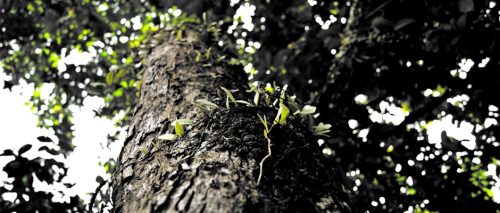 Parasites’ Paradise: The Erasure of Memory in Dang Nhat Minh’s ‘The House of Guava (Mùa ỏ̂i)’ Parasites’ Paradise: The Erasure of Memory in Dang Nhat Minh’s ‘The House of Guava (Mùa ỏ̂i)’Boreth Ly |
Benalu-benalu Surga: Penghapusan Kenangan dalam film The House of Guava (Mùa ỏ̂i) karya Dang Nhat Minh
สวรรค์ของกาฝาก: การลบความทรงจำในภาพยนตร์เรื่อง The House of Guava (Mùa ỏ̂i) ของดางเญิตมินห์
寄生者達の楽園:ダン・ニャット・ミン『グァバの季節(The House of Guava (Mùa ỏ̂i)』における記憶の消去
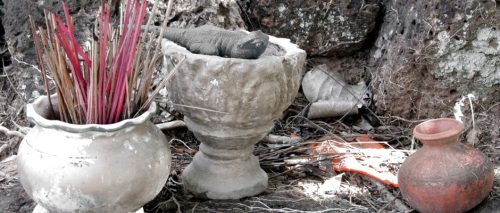 Potent Places as Embodied Memory in Cambodia Potent Places as Embodied Memory in CambodiaAnne Yvonne Guillou |
Tempat-tempat Potensial Sebagai Perwakilan Ingatan Di Kamboja
สถานที่ขลังในฐานะความทรงจำที่จับต้องได้ในกัมพูชา
カンボジアの記憶が現れた効験のある場所
|
|
Mengukir dan Membuang Kenangan dan Sejarah di sebuah kota di Thailand Utara
แกะสลักปั้นหล่อความทรงจำและประวัติศาสตร์ในเมืองเหนือของประเทศไทย
タイ北部都市で記憶と歴史を彫り、鋳造する
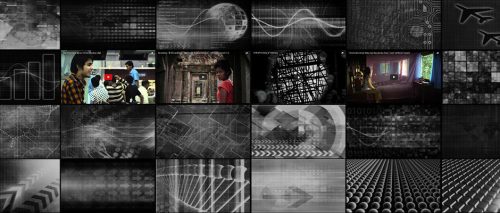 Counter-memory: Replaying Political Violence in Thai Digital Cinema Counter-memory: Replaying Political Violence in Thai Digital CinemaMalinee Khumsupa & Sudarat Musikawong |
Kenangan-Perlawanan: Memainkan Ulang Kekerasan Politik dalam Sinema Digital Thailand
ความทรงจำทวนกระแส: การฉายซ้ำความรุนแรงทางการเมืองในภาพยนตร์ยุคดิจิทัลของไทย
対抗的記憶:タイのデジタル映画における政治的暴力の再考
REVIEWS —
|
|
|
|
|
|
|
|
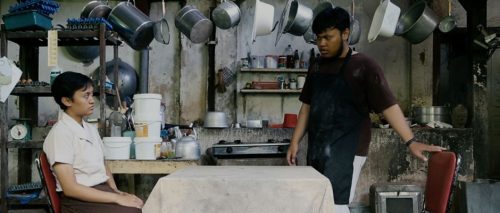 FILM REVIEW: FILM REVIEW: On Five Short Films by Wregas Bhanuteja Reviewed by: Hikmat Darmawan |
YOUNG ACADEMICS VOICE—
|
Notes:
- Claudia Rankine Citizen 2014 ↩
- Michel de Certeau, The Practice of Everyday Life, trans. Steven Rendall (Berkeley and Los Angeles, CA: University of California Press, 1984) pp. 108-109 ↩
- Alison Landsberg Prosthetic Memory: The Transformation of American Remembrance in the Age of Mass Culture (Columbia University Press, 2004). ↩


